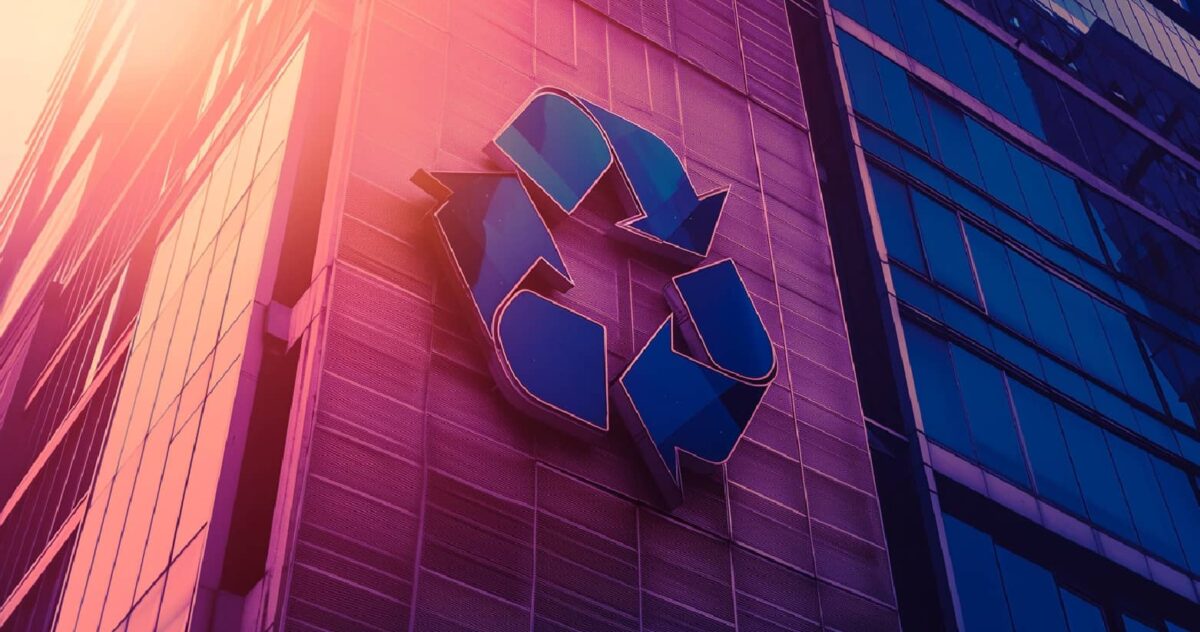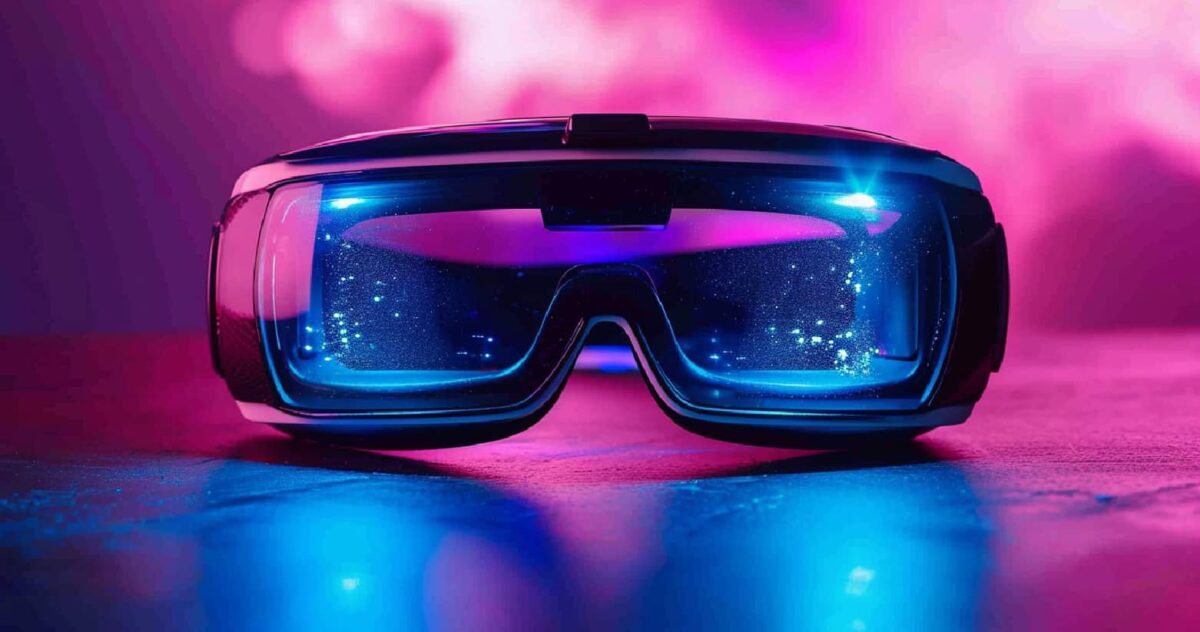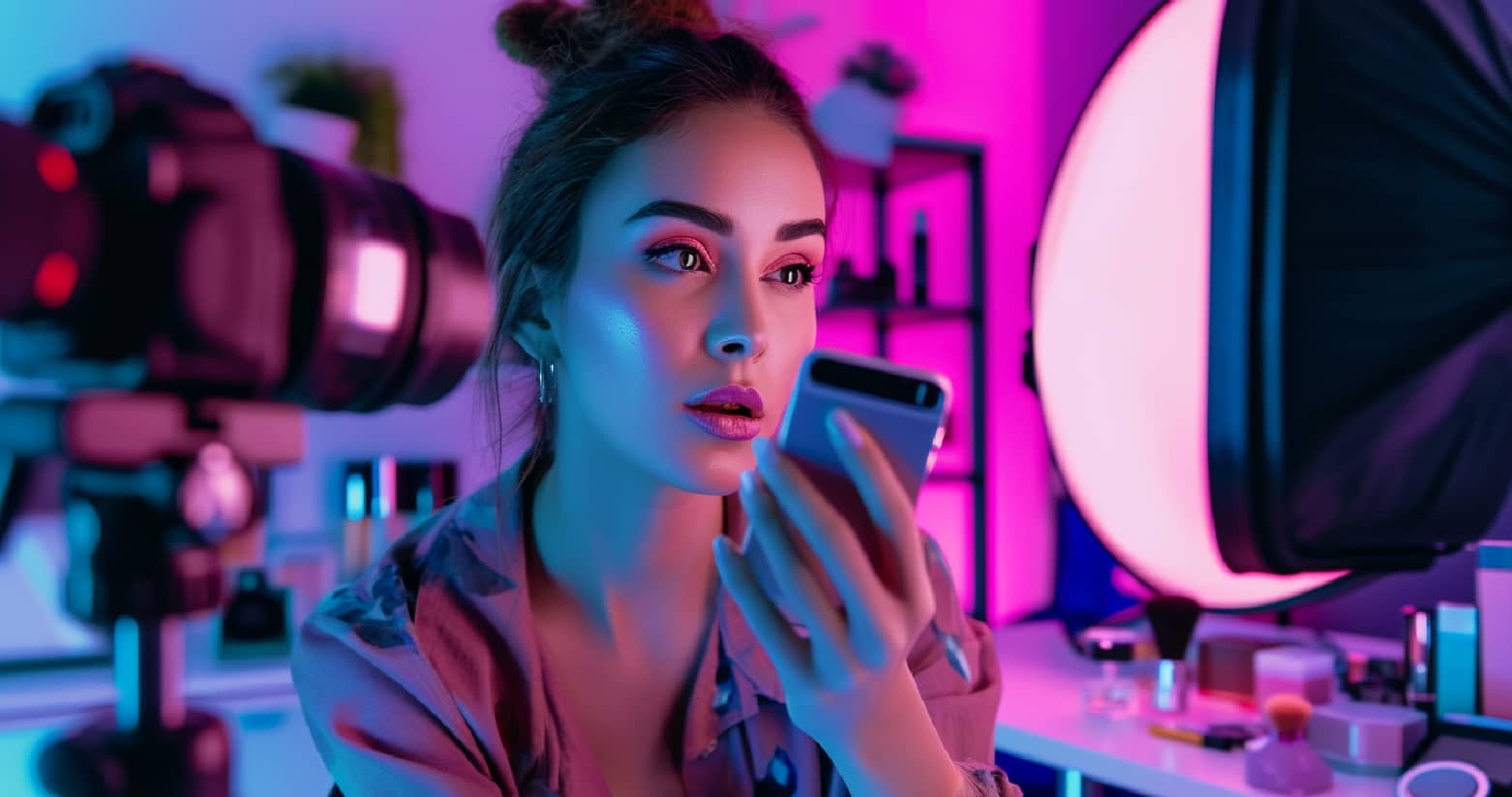When it comes to the specifics of what 2024 holds for the world of marketing, the future is unwritten. But when it comes to general trends, the writing’s already on the wall—2024 is primed to be a year of game-changing developments in the B2B space. To understand how and why, let’s look at a few trends indicating that 2024 is primed to be a year of advances, including:
- A recalibrated, more deliberate brand use of AI
- Smarter use of existing content assets
- A nuanced evolution of face-to-face (F2F) marketing
- Significant growth in brand use of social media
Trend No. 1: B2B Brands Are Honing Their Use of AI

As time progressed with ChatGPT’s 2022 debut, more and more marketers began implementing the tool within their own creative practices. 61% of marketers have reported that they are implementing or exploring ChatGPT.
Overall, industry attitudes toward AI’s potential are clear. In 2023, around 85% of B2B marketers anticipated that ChatGPT and other generative AI tools would have a positive impact on their work in the coming year—and over 40% said they have plans to continue implementing AI as a practice through Q3 2024.
Some marketers are still inquiring about the safest and most efficient ways to apply the newest iterations of these powerful tools. Nearly 60% have doubts about AI’s ability to produce consistent, quality output; close to 50% are concerned about privacy implications; and 37% are mulling over the ethics of whole-cloth content generation.
For example, the ease and speed with which AI can personalize and hone preexisting core concepts and products make it a great solve for certain top-of-funnel content tasks. When it comes to producing dynamic storytelling and other types of original content, however, AI’s ability is still somewhat lacking. Tools like ChatGPT are currently hamstrung by limited data sets confined to the internet that affect the quality and continuity of first-order marketing material—and unsettled questions about Intellectual property law for unique inputs into AI tools only complicate the matter.
What does all this mean? In 2024 the very real benefits of AI have a definite direction. They’re skewing more toward the creation and refinement of up-funnel campaigns than toward the generation of unique, loyalty-building, down-funnel content—a pattern we’ve definitely noticed at Pace and a trend backed up by outside figures as well.
Near the end of 2021, Insider Intelligence reported 53.9% of surveyed companies were gearing AI use towards refining and customizing content for current and potential customers. A more recent McKinsey survey of B2B execs on the topic reinforces these findings and Pace’s observations. Roughly 55% of executives expressed enthusiasm about the use of AI for marketing optimization, and 53% felt the same way about using AI to hone pre-existing stores of content to refine personalized outreach efforts through features like chatbots and virtual assistants.
Trend No. 2: B2B Brands Are Polishing and Repurposing Legacy Content

The wheels of marketing turn quickly, and making sure that a B2B campaign has enough content beneath it to keep motoring along smoothly can be demanding. Interest is maintained by a steady flow of marketing material, but maintaining a consistent tempo can set high demands for more time and money—especially when the quality of content has to meet or exceed a high standard.
A B2B marketing trend that represents one fix for this in the coming year? Repurposing and polishing content. Cutting down previously published long-form copy into blog posts; quick-read snippets; or structured, multipart social media posts has the benefit of maintaining that needed rhythm of output as well as the quality of the material without generating from nil. As the content is being mined from a single, pre-vetted source, repurposed material can be pulled together much faster than net-new content.
A study finds that 53% of surveyed marketers indicate they are using or planning to use refreshed and repurposed content; this shift represents more of a burgeoning reality than a trend. Even with short runways, creatively repurposed content gives firms the lift needed to get new campaigns off the ground in record time, and to propel existing campaigns forward with fewer resources.
The gains of a refresh aren’t exclusive to the foundational layers of preexisting content, though. In marketing, form is as important as function, and a refreshed user interface or a graphic makeover of your app or website is much more than a new coat of paint. Current content may be as relevant and engaging as the day it was rolled out. If that’s the case, considering an elegant repackaging could be just what’s needed to draw eyeballs and drive up clicks.
Trend No. 3: Seeing Is Believing for B2B Brands

Since the spring of 2021, in-person marketing meet-ups have slowly moved back toward pre-pandemic levels, and video content has experienced a boom in popularity. In 2024, both of these B2B marketing trends are projected to continue gaining traction.
While instances of face-to-face (F2) meetings have been low over the past three years, only 6.7% of surveyed marketers state that they’ve switched exclusively to digital channels. Half of all marketers said they’d returned to F2F interactions in 2023—and 28% of companies have opened new F2F channels in. With sound COVID-19 prevention measures in place, companies are returning to handshakes and in-person analyses of brick-and-mortar businesses as sources of crucial data about consumer behavior.
The lessons learned and gains made since 2020 aren’t being tossed aside, however—on the contrary, some are strengthening. Harvard Business Review shares that 61% of companies reported increasing the number of channels they use.
Among those channels, one of the most impactful is a subset of audio-visual—short-form video. Though a swath of marketers claimed that video channels showed meager returns and weren’t a high priority, 53% said they intended to make significant forays into short-form video content in 2023. These statements might sound at odds with each other, but what they point to is a recognition of untapped format potential. The phenomenal performance of business-to-consumer (B2C) marketers on TikTok has opened the eyes of B2B companies. And with just over half of the industry committed to exploring the content, some of the biggest names in B2B will be working to mirror the success of their B2C counterparts and crack the code of short-form video content in 2024.
Trend No. 4: The Expansion of Social Media Programs for B2B Brands

With between 70 and 99% of media organizations, retailers, wholesalers, and real estate companies using social channels, B2C continues to lead the way when it comes to social media marketing. But certain metrics are indicating that 2024 may be the breakout moment for social media expansion in B2B.
In addition to almost 90% of B2B marketers looking to LinkedIn for lead generation, a number of companies are realizing that follower rates on less-business-centered apps can translate to meaningful marketing opportunities. Running client lists against a 150,000 corporate Instagram account might just reveal a 10% or 20% match—exposing overlooked opportunities for leveraging the channel for feedback and follow-up sales with current customers.
With an increasing number of social media-attuned employees set to move into B2B management positions this year, the space is also likely to get an infusion of creativity that can help reshape social marketing. One of the first areas in which this could have an immediate impact is another space traditionally associated with B2C—influencer marketing.
Survey results indicate that 91% of B2B marketers intend to build influencer marketing into their campaigns for 2024. Our own internal data supports this finding. In 2023 we witnessed a 27% increase in a diverse array of B2B brands launching new social media programs, with a heavy emphasis on influencer engagement.
Quietly adding thrust to this trend—a more app-savvy generation is advancing into decision-making roles. Equipped with B2B experience, a virtual lifetime of social media know-how and the vision to match both, these innovators are positioned to create and implement dynamic strategies tailored to the unique demands of a space they understand inside and out.
This scenario represents the best chance to date of identifying and fostering relationships with top-tier influencers. The elevation of a generation of tried-and-true B2B marketers who resonate with the mindset and tactics of brand advocates may be exactly what’s needed to take both the industry’s social media marketing—as well as the field of brand advocacy—into coveted territory.



